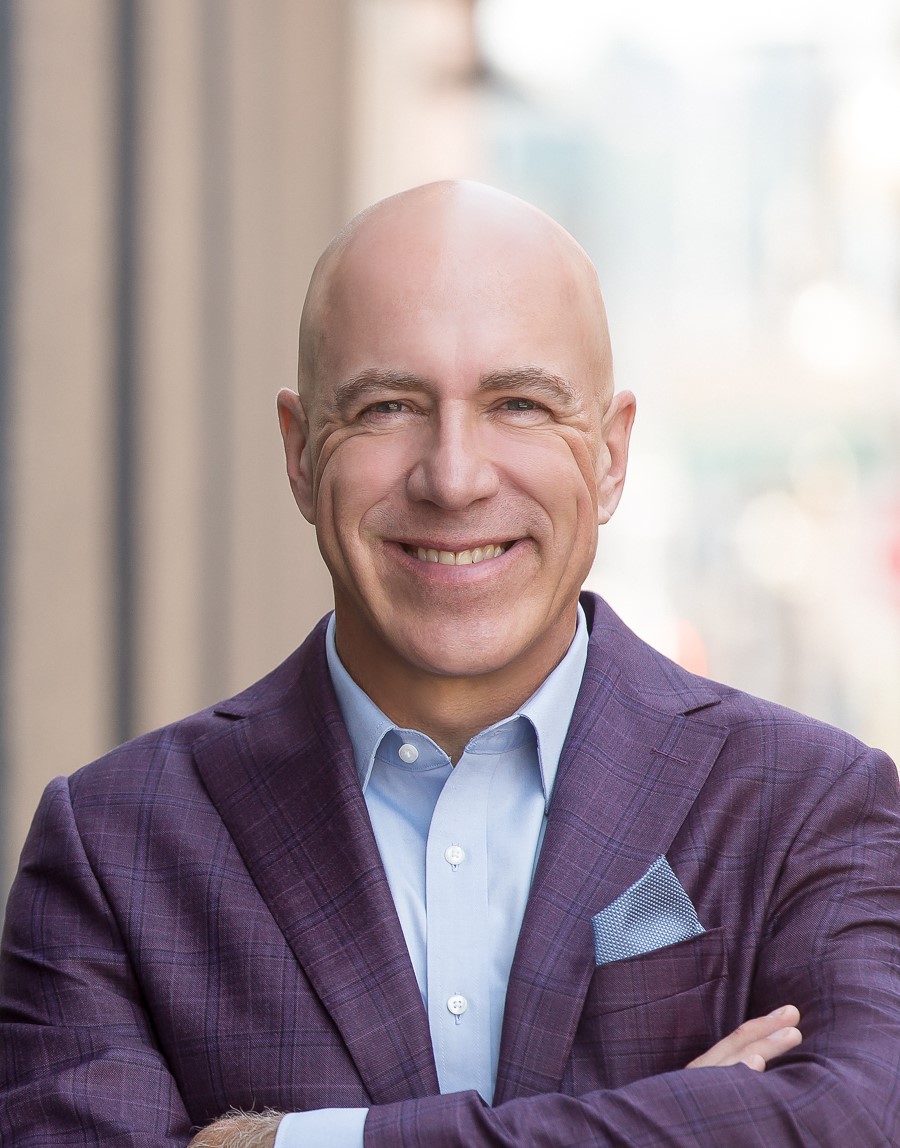Chances are, someone you know has broken a New Year’s resolution – not just once but every year. Sometimes, it seems we make them with the complete expectation to break them!
We certainly don’t mean to fall short of our goals. In fact, when we make these annual resolutions we truly do it with the best intentions of seeing them through. However, we often fail because we haven’t thought through the issues we are facing, the challenges to implement the resolutions, or put the appropriate supports in place to help us move forward.
The same theory can be applied to organizational change. You need to combine the right elements to not only get through the change process successfully, but also make it stick over the long term. I frame both of these ideas into two change equations that can easily be used wherever change is imminent or when you or one of your team is stuck during change.
Positive Action Equation: Getting Through Change Successfully
Knowledge and wisdom are important to have in leadership, especially during change. However, to be an effective change leader, you also need to take action to implement change successfully. This sounds simple, but I find it’s often overlooked. This idea forms the basis for what I call the Positive Action Equation:
Wisdom + Action = Change
Most of us gain knowledge or wisdom from learning at an event, searching the internet, reading an article or book, talking with colleagues, through our own insights, or from any number of other ways. As it’s been said, knowledge is power, but knowledge on its own is meaningless.
For example, you might go to a conference, take notes, and meet with dozens of people to gain the knowledge you need to help your organization reach its goals. However, if you go back to the office without applying the insights, what good does the knowledge do?
I find that many people I would consider leaders start the change process the same way I would, such as talking to colleagues, reading books and articles, and meeting with their manager. However, many of them haven’t yet taken steps to actually move the change process forward.
In other words, they have gleaned the wisdom they need, but there comes a point where you have to stop gathering information and take small, simple, and manageable steps to start the change process. This is what I refer to as the “action” step.
Especially in cases where change is more complex, we may not be sure which steps to take first. Any step forward is better than no step at all (most of the time!), so start small and see what happens. You can always backtrack and try something else. Waiting until you feel it’s 100% safe to proceed may leave you feeling paralyzed because change can be dynamic and involve many variables. You might never feel 100% about every step, so don’t procrastinate and take the risk of that first small step. As you move forward, you’ll start taking additional actions with more confidence.
Remember, that first step can’t be successfully taken without a combination of knowledge and action – one without the other will prove ineffective.
Change Stickiness Equation: Making the Change “Stick”
As you proceed with change, everything learned and implemented needs to “stick” in order for the change to succeed. For this to happen, there has to be both support and accountability, as illustrated in the below Change Stickiness Equation:
Support + Accountability = Change Stickiness
With each step you take, you’ll need to consider many different variables, such as what issues people will face, and what supports need to be in place to help manage or solve them. This can involve everything from training, coaching, FAQ sheets, one-on-one or group sessions, online programs, just-in-time training, guidance manuals, and more. It’s more than just about developing these elements: it’s about how you use each to support your team through the change in order to keep everything moving in the right direction.
Remember, there is no one-size-fits-all solution. Every element needs to be tailored to a specific situation. Be sure to think about each possible scenario thoroughly and ensure that the necessary supports are available as you or your team needs them.
Supports and accountability go hand in hand because without support, there can’t be accountability. Once the supports are in place, you can start putting accountability measures in place. Accountability can take many forms.
Over the years, I’ve been fortunate to lead workshops in numerous organizations. I come in, I facilitate, I leave. While the workshop can be considered a support to the staff, what will be in place to support the application of knowledge once it’s over? How will the staff be able to use the material learned to their day-to-day tasks or long-term projects? While I can incorporate those pieces during the workshop delivery, what will happen once the participants leave the workshop?
During organizational change, you can help make the change stick by using accountability measures such as managers asking their staff what they learned during the session, and how they are going to use it in their day to day work. Additionally, you could also ask staff members to send you a summary or do a presentation of what they learned at the session. Both of these ideas will keep your team accountable for what they learned and how they will use this new knowledge. Lastly, you may need to ask the question “What are the consequences if people don’t do what we need them to do?” and communicate those consequences to your staff. The more complex the change, the more this equation needs to be thought through.
Making Decisions with Confidence
Change can be intimidating, especially when you’re used to doing something the same way for a long period of time. I’ve known people who have talked themselves out of going for a job interview simply because they were worried what they’d do if they were actually offered the job!
My advice to them was always to go for the interview. If you’re offered the job, you don’t have to take it. It might sound simple, but when we’re under pressure facing change, it can be hard to think clearly and make rational, well thought-out decisions.
Change in the workplace is the same. We can sometimes get paralyzed weighing options. By applying the two change equations mentioned above, you’ll be able to relieve the pressure by developing an action plan comprised of small steps that allow you to proceed with more confidence. You can ensure your progress sticks by providing supports that are augmented with accountability measures. This is a large part of what creating and adapting to change is all about.
Follow us here and subscribe here for all the latest news on how you can keep Thriving.
Stay up to date or catch-up on all our podcasts with Arianna Huffington here.


